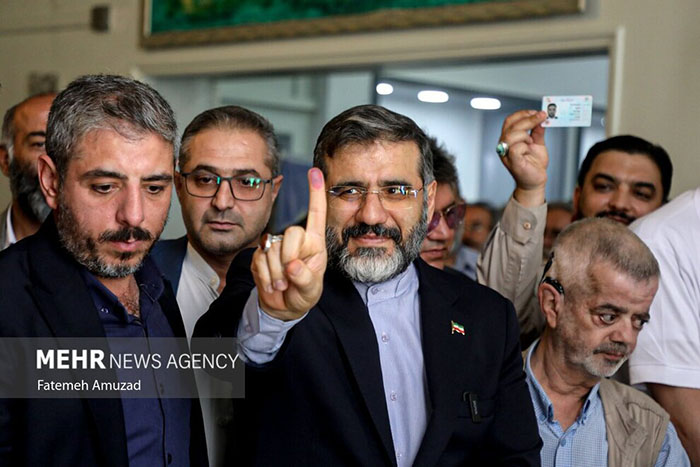Voter Participation and Political Landscape
Voter Turnout: The overall voter turnout in both rounds of the election highlights the engagement and political activism of the Iranian electorate. The first round saw a 40% participation rate, which increased to nearly 50% in the second round. This rise in voter turnout reflects the heightened interest and stakes involved in the election.
Political Reactions and Analysis: The election outcomes and processes prompted various reactions from political figures and analysts. The significant support for reformist candidate Masoud Bishidian indicates a shift in voter sentiment towards reformist policies and leadership. On the other hand, the substantial support for Saeed Jalili underscores the continued influence of fundamentalist ideologies in the political landscape.
Key Figures and Their Campaigns
Masoud Bishidian: Masoud Bishidian’s campaign was characterized by a focus on reformist policies, promising economic reforms, social freedoms, and improved international relations. His victory is seen as a mandate for change and a move towards more progressive governance.
Saeed Jalili: Saeed Jalili, representing the fundamentalists, campaigned on a platform of maintaining traditional values, strengthening national security, and preserving Iran’s sovereignty. Despite his loss, the significant number of votes he received highlights the continued support for conservative policies among a substantial portion of the electorate.
Other Candidates: The participation of candidates like Mohammad Baqer Qalibaf and Mustafa Pourmohammadi, although not securing major votes, played a role in shaping the political discourse and influencing voter preferences. Their campaigns brought attention to various issues and added to the diversity of political thought presented to the voters.

